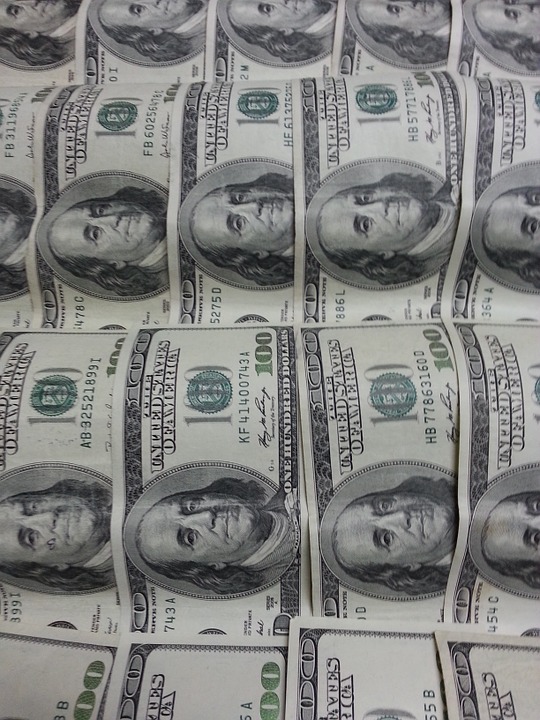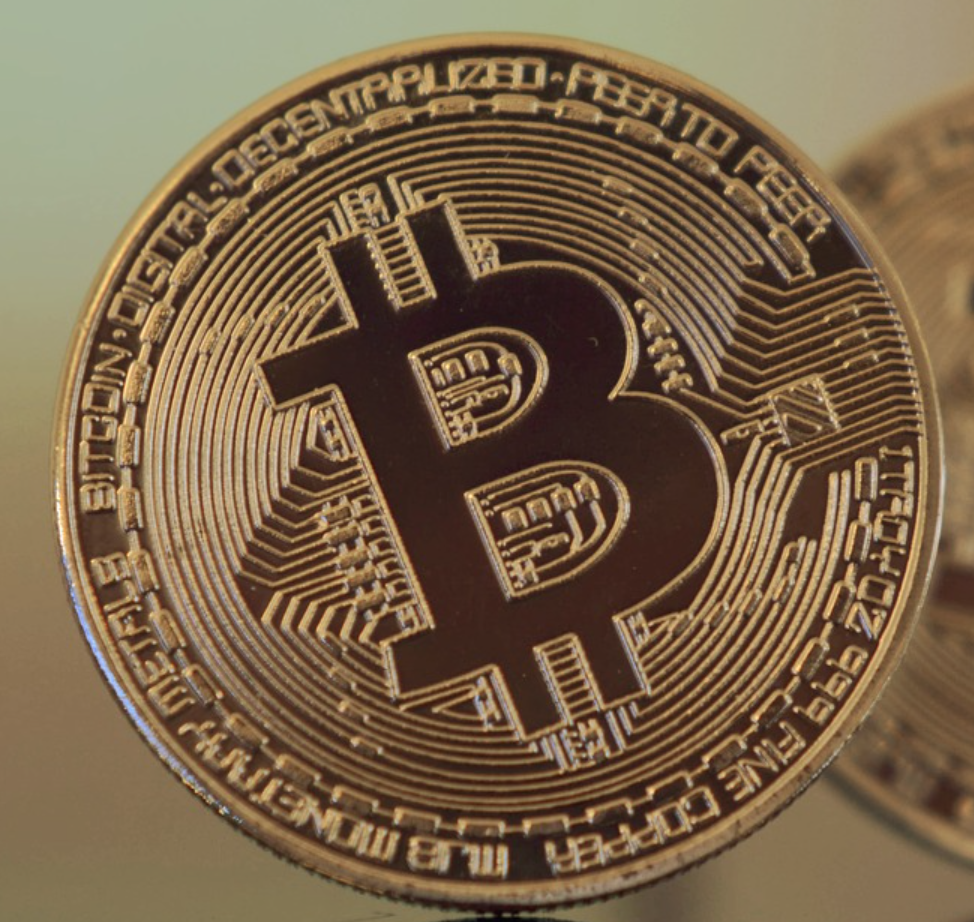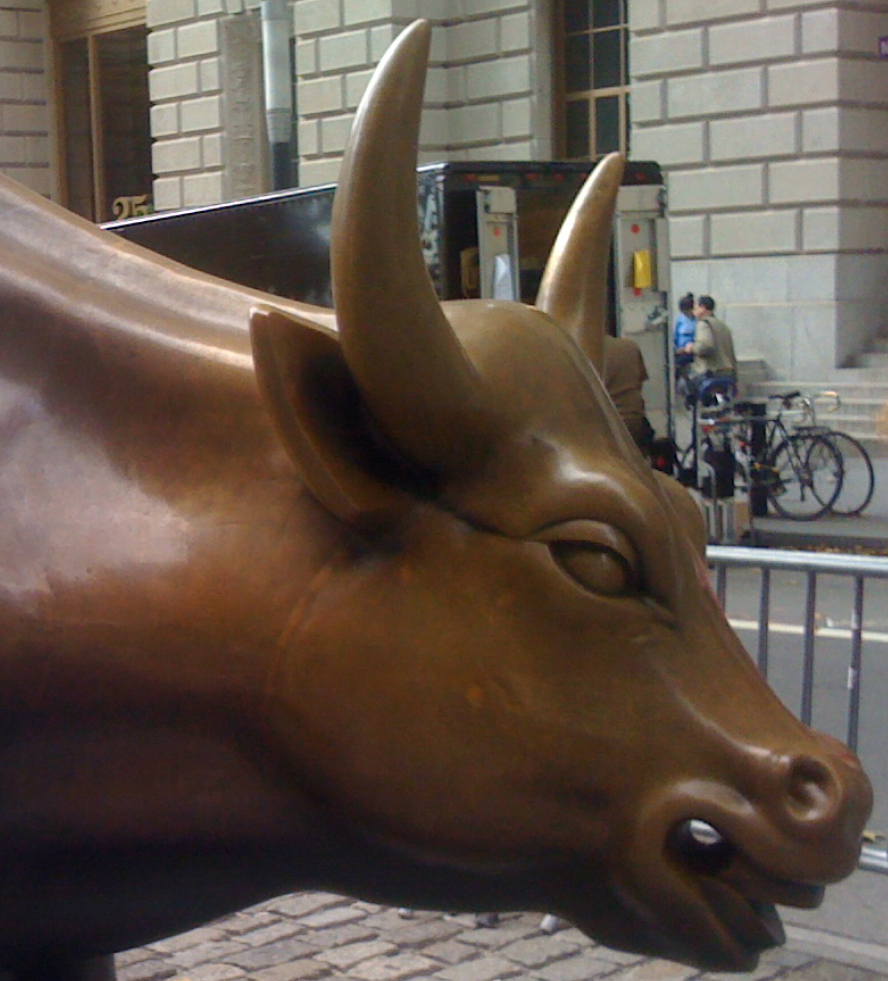The news of the rise in price of cryptocurrencies has been ubiquitous during the last couple weeks, with Bitcoin being the most popular. In simple terms, cryptocurrency is a digital currency which can be exchanged and traded as each transaction is encrypted and then verified independently of any centralized system or bank.
Due to of the lack of necessity for a third party system to verify the transaction, cryptocurrency was supposed to become a fast and simple way to exchange currency, due to what is called the blockchain.
Blockchain Technology
Companies and individuals have relied on an intermediary to ensure that there is a level of trust utilized into the transaction process. This includes authenticating the transactions and the transaction history. The blockchain technology is a distributed database that tracks and verifies all digital transactions. When a transaction occurs, it is grouped together in a block with other transactions that have occurred on the network within a short period of time, which are then validated.
The validation of each transaction occurs when a miner is able to utilize a high powered computer to solve a complex problem. Each transaction is encrypted, thus when the computer is able to solve the problem the transaction becomes decrypted and verified. Each time a transaction is verified it will result in a “reward” to a miner, (often in the form of a cryptocurrency such as Bitcoin) timestamp when the transaction occurred, and add it to a linear chain in a chronological order. This is the blockchain. When this is complete, the ledger is updated and copied across all of the networks to ensure that the latest ledger is always being used to verify each block.
Future Impact
The impact that the blockchain technology could have is significant. The elimination for the need of a third party to verify the transaction removes the need for intermediaries. This could pose an issue to portions of the government, banks, financial institutions, and other companies focused on handling financial transactions. The positive effect, however, that this technology could have on business efficiency on a global scale is enormous. A decentralized currency and financial system could help eliminate barriers that currently limit the way that many small businesses grow their consumer base. Since the blockchain technology is still in its infancy, there are many further applications that have not been explored yet. In the meantime, if you want a piece of the action there are a few ways in which you can be a part of this new wave of technology.
Cryptocurrency and How to Own It
For many new investors the best way to be a part of the action is to simply own some cryptocurrency, the most popular being Bitcoin. One of the most common platforms to purchase and trade Bitcoin is Coindesk. An account can be created where the cryptocurrency can be purchased and then sold at a later time.
There are other alternate coins that can be purchased through other cryptocurrency exchanges across the globe, such as Ethereum, and LiteCoin. And for those that are more tech savvy, purchasing equipment and hardware to mine cryptocurrency may be a desirable option. While it has become increasingly difficult to successfully verify a Bitcoin transaction, there are many alternate coins that can also be mined to produce a reward.
Bitcoin Stocks
For investors who prefer to invest in stocks, there are currently 35 publicly traded companies that are involved in Bitcoin, blockchain and cryptocurrency in some way. Many of these stocks are semiconductor companies, which benefit from the mining of cryptocurrency. Some are blockchain startups. And there is one Bitcoin closed end fund. Keep in mind that some of these stocks are extremely low cap and therefore extremely speculative. Here at WStNN, we have provided a free list of these stocks, that can be accessed here.
This activity regarding Bitcoin has major technology supporting it. And while it may just seem like the next Dot Com Bubble, the blockchain technology may transform the future of global commerce.








